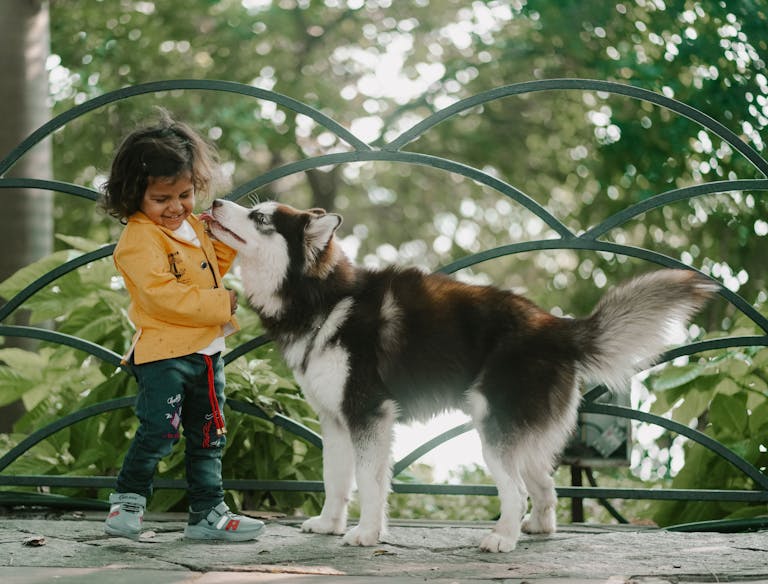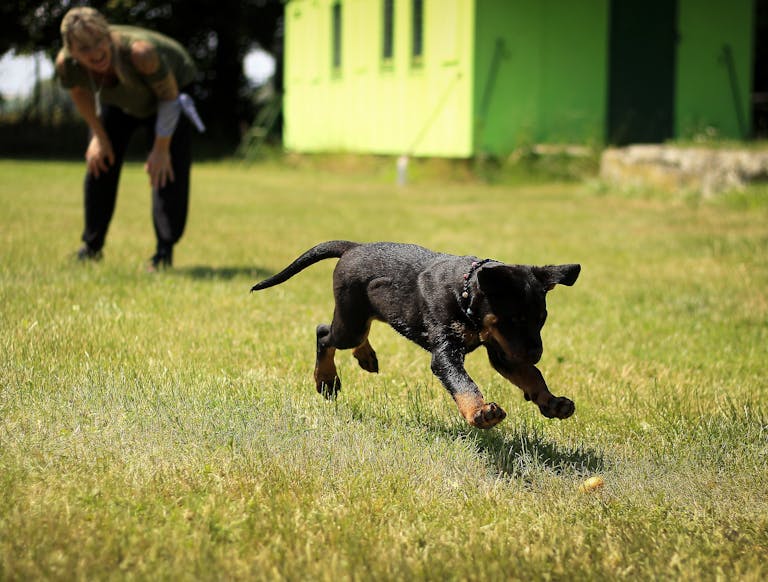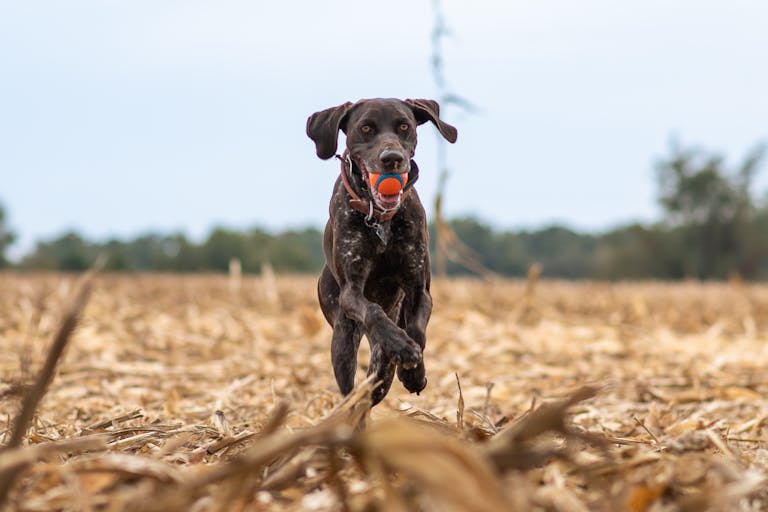Most popular posts
What Pet Parents Are Reading Right Now.
Our Best Tools & Guides
Care for Happy, Healthy Pets
Looking for the best way to keep your pet friend happy, healthy, and well cared for? You’re in the right place!
subscribe to newsletter
Buying Guides You Can Trust
We review the best products on Amazon – tested, trusted, and loved by pet parents.
Everything You Need —
Totally Free
We review the best products on Amazon – tested, trusted, and loved by pet parents. From flea & tick prevention to the softest pet beds, our guides save you time (and money) while keeping your pets safe and happy.
QUALITY REVIEWS






















